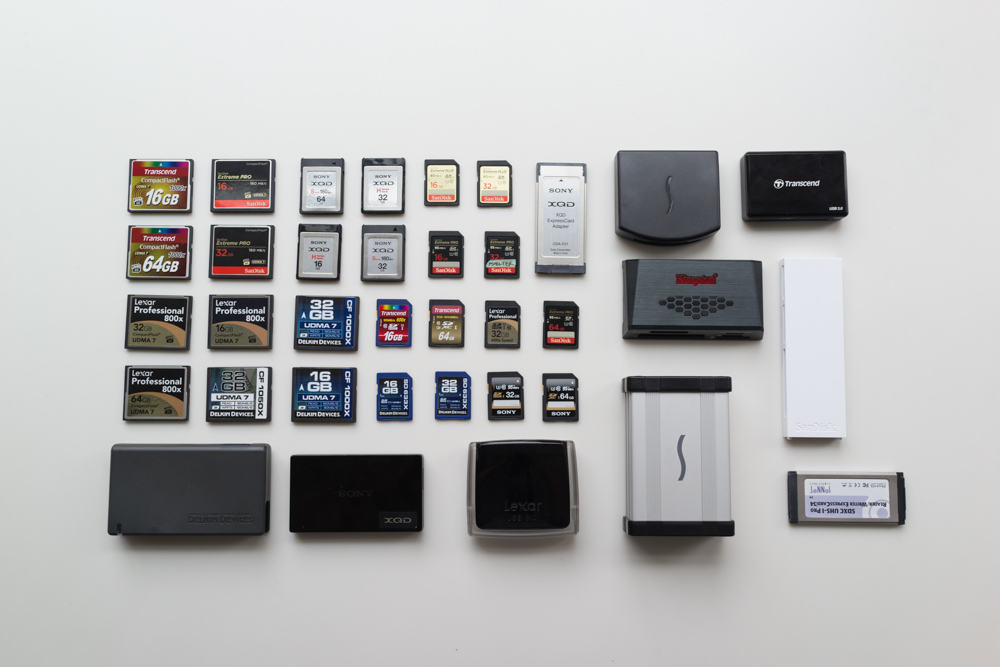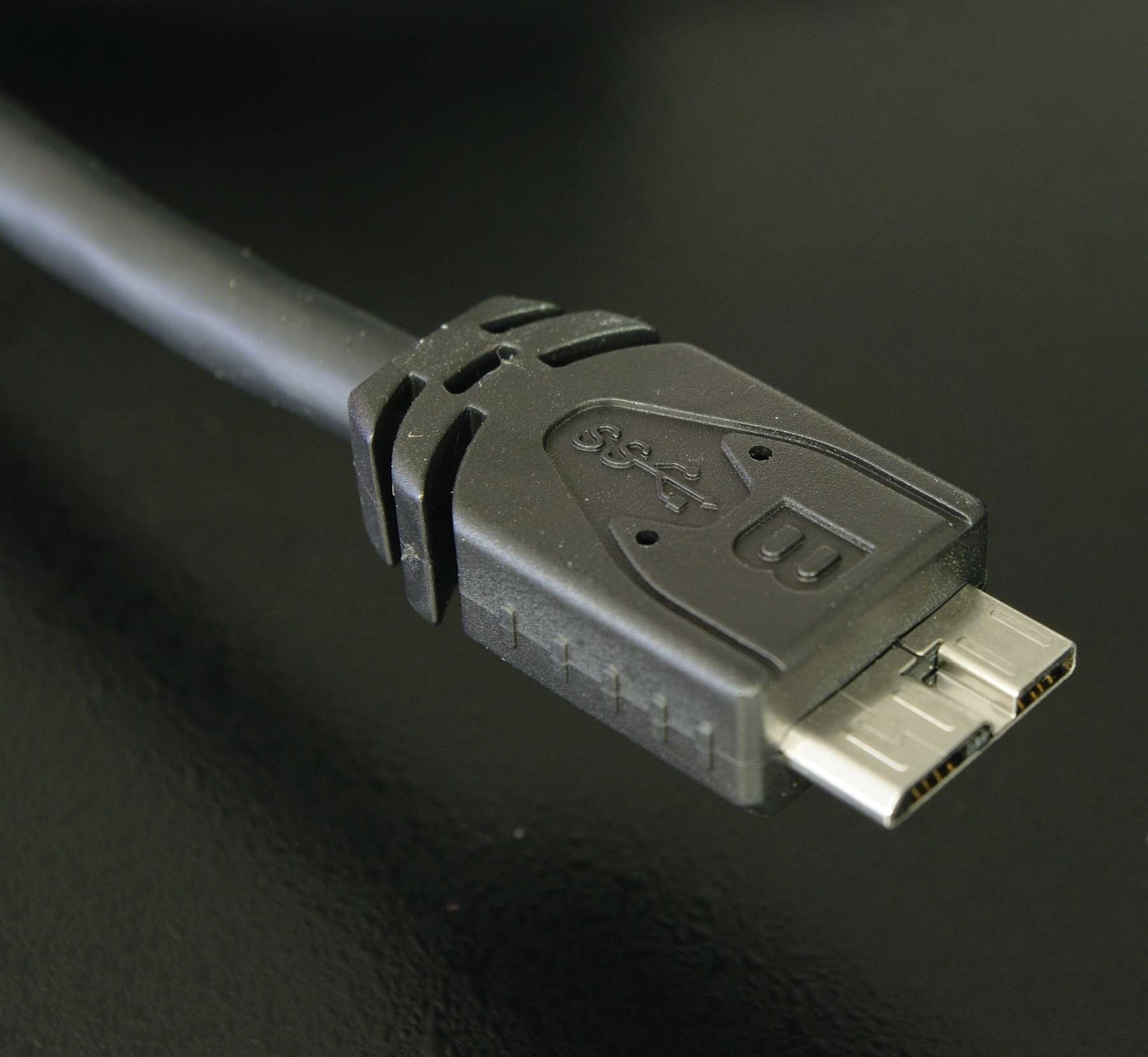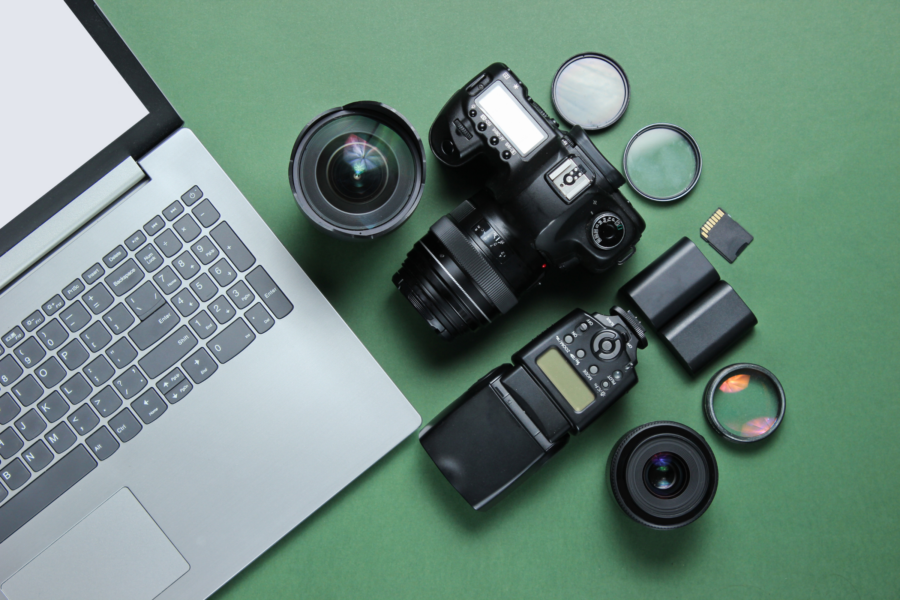Share
PhotoShelter Card Reader Database & Why You Should Upgrade
Of the myriad ways to waste time (e.g. incessantly checking Facebook or Instagram, marathon viewings of Game of Thrones), waiting to ingest your di...

Of the myriad ways to waste time (e.g. incessantly checking Facebook or Instagram, marathon viewings of Game of Thrones), waiting to ingest your digital photos probably doesn’t register on your radar. Nevertheless, if you’re using an old or poor performing card reader, you’re unnecessarily losing hours of your life.
As you can probably surmise, not all card readers are the same. Some have better components and faster chips, which results in significant time savings. Quantifying this time was our key goal in testing a number of card readers on the market.
In trying to update Rob Galbraith’s seminal CF/SD/XQD database for current card readers, one thing became eminently clear: technology has progressed rapidly, and what was once considered fast, is not even remotely true anymore.
With this in mind, we didn’t bother to test USB 2.0 devices or anything slower than a Class 10 media because you’re wasting time and not using your expensive gear to its full potential if you haven’t upgraded your cards and readers in the past two years or so.
The Test Systems:
Late 2013 Mac Pro
- 3.5 Ghz 6-Core Intel Xeon E5
- 64GB 1867 Mhz DDR3 ECC
- OS X 10.9.4
- 1TB Flash Storage
Mid 2014 MacBook Pro
- 3.0 Ghz Dual-core Intel Core i7
- 16GB 1600 Mhz DDR3L SDRAM
- OS X 10.9.4
- 512GB Flash Storage
Card Readers
- Kingston USB 3.0 Media Reader
- Lexar Professional USB 3.0 Dual-Slot Reader (UDMA 7)
- Delkin Devices USB 3.0 Universal Memory Card Reader
- SanDisk ImageMate All-in-One USB 3.0 Reader/Writer
- Sonnet DiO Pro CompactFlash and SDXC USB 3.0 Media Reader
- Sonnet Echo Pro ExpressCard/34 Thunderbolt Adapter with Sonnet File Mover Multimedia Memory Card Reader & Writer
- Transcend USB 3.0 Multi Card Reader RDF8
- Sony XQD Card Reader
- Sony XQD ExpressCard Adapter
- SanDisk Extreme FireWire Reader
- Apple MacBook Pro internal reader
How do I know if I have a USB 3.0 card reader?
All the USB 3.0 card readers we tested had the USB 3.0 Micro-B plug, which is characterized by the dual-sectioned form factor.
Methodology:
The following results were generated with QuickBench 4, a cross-platform benchmarking utility that Rob Galbraith used for his original database. The cards were formatted using a Nikon D800 (or Nikon D4 for XQD cards). Prior to testing, we ran an experiment to see if a low level erase affected performance, and the difference was negligible (this bodes well for real-life performance). QuickBench was set to Large Test (2-10MB), Allow Cache Effects was turned off and 3 test cycles were run, and the average of those tests is displayed below in MB/sec.
The Results (MB/s)
“Error” indicates that the software produces no read/write cycles after 1 min. “n/a” means the device doesn’t support the card type.
Larger numbers are better.
Real life ingest speeds:
QuickBench is a good utility, but lab-style read/write cycles isn’t reality. So we tested real-life ingestion. 100 RAW photos from a Nikon D4 were transferred using the fastest/slowest card and fastest/slowest card reader combinations to illustrate how dramatic the difference in ingest duration can be. Here are the transfer times using Photo Mechanic v5 on the MacPro.
Transfer time (in seconds) with the fastest CF reader (Lexar):
- SanDisk Extreme 32GB CF: 14.35s
- Transcend 16GB CF: 14.66s
Transfer time (in seconds) with the slowest CF reader (Sonnet):
- SanDisk Extreme 32GB CF: 77.16s
- Transcend 16GB CF: 176.38s
Transfer time (in seconds) with the fastest XQD reader (Sony):
- Sony XQD S Series: 10.66s
As you can see, the difference between the fastest card/reader and slowest card/reader combination to transfer 100 RAWs is 162s (2min 42s for the arithemetically challenged). Now extrapolate that to a wedding or sporting event where you might be ingesting 2,000 images, and we’re talking close to an hour difference in ingest time alone! And remember, these are USB 3.0 readers with the latest cards writing to a solid state disk. If you have USB 2.0 and slower generation cards writing to a platter-based hard drive, you’ll have enough time to watch an entire season of GOT.
Key Takeaways:
- The difference between the fastest card+fastest reader and the slowest card+slowest reader is significant.
- If your computer only has USB 2.0 or FireWire 800 ports, you are barely scratching the surface of the potential read speeds.
- UPGRADE YOUR DAMN CARDS AND READERS NOW
Insofar as ingest time is concerned, the type of card matters less than the type of reader. Given the relatively low cost of the fastest readers (Lexar, Kingston, SanDisk), it’s an absolute no-brainer to update your card reader immediately.



